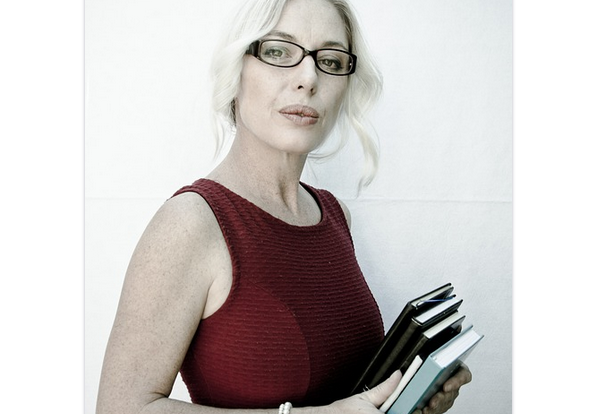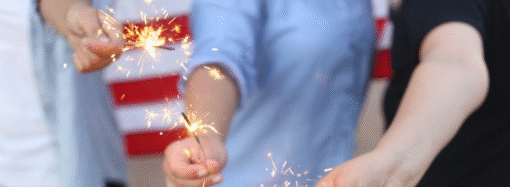The College Board just released a report on the results of the 2016 SAT test.
One startling feature of the report included a historical timeline of students’ critical reading scores over the last 40-plus years. In 1972, this score was 530. By 2016 it had fallen to 494.

There are undoubtedly many drivers behind this decline. But another section of the report may shed light on one of those factors, namely, the quality of teachers in our schools.
According to the report, the 2016 SAT test takers named 38 different areas of study – from engineering to psychology – as their intended majors in college. Out of curiosity, I averaged the reading, writing, and math scores of the students in each of these majors and then organized them to see which subject area had the students with the highest SAT scores.
Not surprisingly, students intending to go into multi/interdisciplinary studies or mathematics achieved the top scores.
The frightening part, however, is where education majors fall on the spectrum. Out of 38 majors, the SAT scores of those intending to be teachers rank at number 26.
It’s a common observation that countries which have the best scores on international achievement tests like the PISA exam place great emphasis on recruiting talented and bright individuals to teach in their classrooms. After seeing the SAT scores of those who are heading into education as a career, one has to wonder why the U.S. education system doesn’t seem to be doing the same.
One also has to wonder: would America experience greater rigor in her classrooms if teachers received more training in the subjects they will be teaching – such as math, English, and science – instead of simply receiving training on the latest philosophies and pedagogy techniques? After all, the students pursing math, science, and English hold some of the top SAT scores. Shouldn’t we make it easier and more attractive for those individuals to pass their knowledge on to the next generation?
















Leave a Comment
Your email address will not be published. Required fields are marked with *